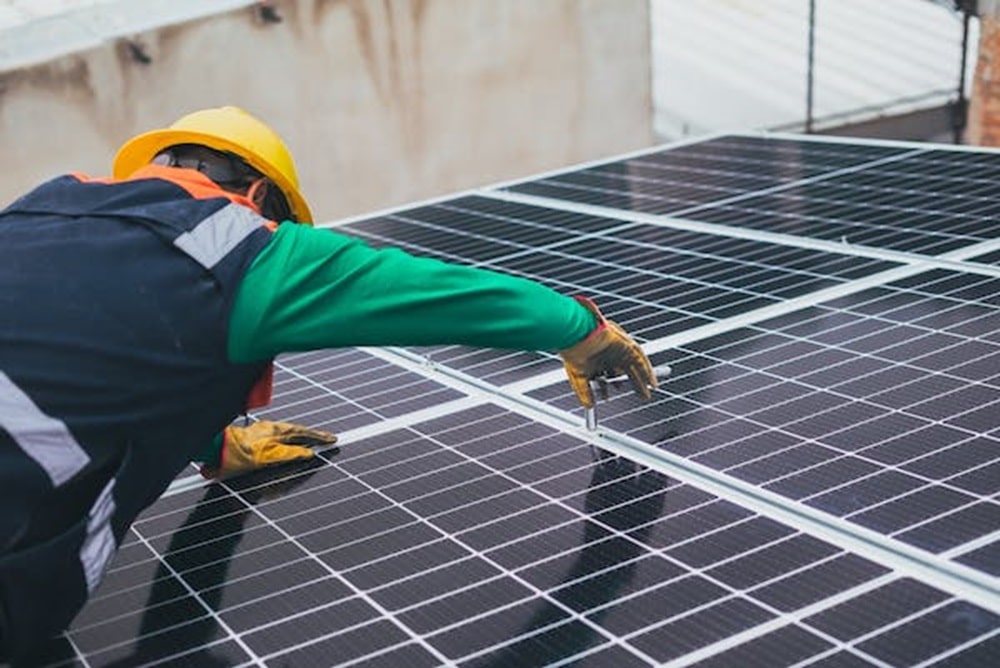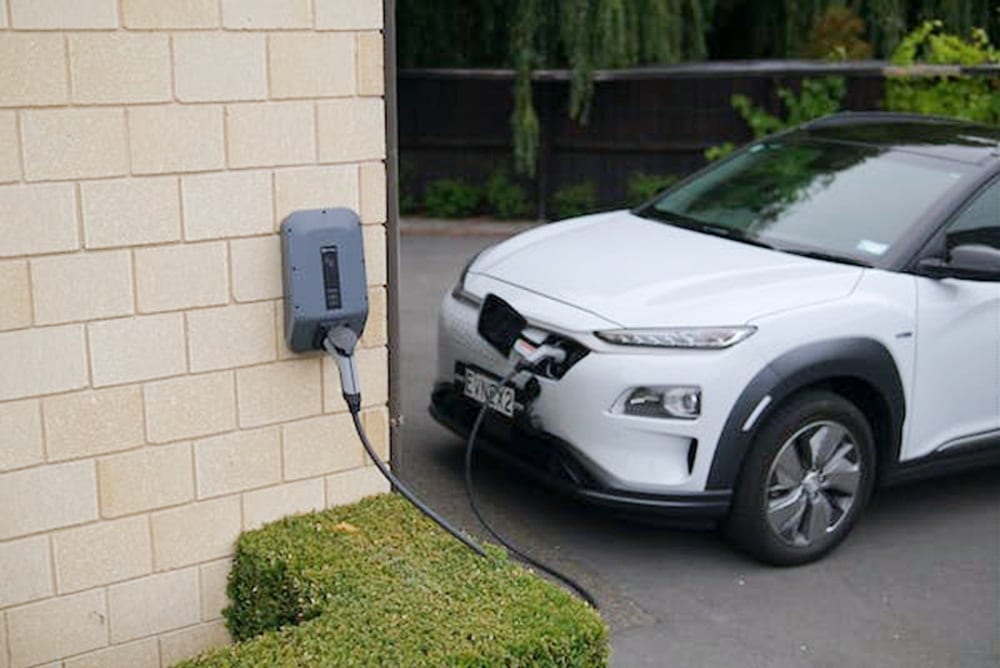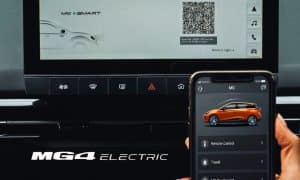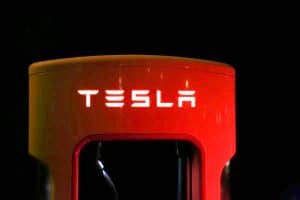Electric vehicles (EVs) have been gaining traction worldwide as a sustainable and eco-friendly mode of transportation, contributing significantly to reducing carbon emissions and combating climate change.
In recent years, bidirectional charging technology has emerged as a promising advancement in the EV landscape, offering the potential to revolutionise how we use and interact with electric cars. In Australia, the prospect of bidirectional charging has generated significant interest and curiosity among EV enthusiasts and environmentally conscious individuals.
Attention, automobile enthusiasts! Are you prepared to embark on an electrifying journey with your next car? Brace yourself for a groundbreaking opportunity that will revolutionise your driving experience. Don't miss out on this exclusive chance to book a test drive in one of the latest and most cutting-edge electric vehicles (EVs) available right in your very own neighbourhood!
So, what are you waiting for? Seize this moment to revolutionise your driving experience. Be a trendsetter, an innovator, and a protector of our planet. Book your test drive today and prepare to join the growing community of electric vehicle enthusiasts. The road to a sustainable and electrifying future awaits – don't miss your chance to be part of it!
Understanding bidirectional charging
Bidirectional charging, often called vehicle-to-grid (V2G) technology, allows electric vehicles to receive power and send electricity back to the grid or other devices. Unlike traditional charging methods, where electricity flows from the grid to the vehicle’s battery, bidirectional charging enables a two-way power flow, turning EVs into mobile energy storage units. This innovation holds immense promise in balancing energy supply and demand, enhancing grid stability, and reducing electricity costs for EV owners.
The current state of bidirectional charging in Australia
Limited availability: Several EV models, like Nissan Leaf and Mitsubishi PHEVs, offer V2G (vehicle-to-grid) charging, but the necessary bidirectional chargers are scarce.
Regulatory hurdles: Australia lacks a national standard for bidirectional charging, hindering its widespread adoption.
Trial success: The REVS (Realising Electric Vehicles-to-Grid Services) trial in Canberra demonstrated the feasibility of V2G technology.Market entry: Bidirectional chargers like Wallbox Quasar are expected to arrive soon, offering a glimpse into the future.

Emerging opportunities
Trials and pilots: Successful trials like the Canberra-based REVS project have demonstrated the potential of bidirectional charging, paving the way for broader implementation.
Industry commitment: Major automakers like GM have pledged to make bidirectional charging standards in their EVs by 2026, indicating a significant shift towards this technology.First bidirectional chargers: The recent arrival of bidirectional chargers like the Wallbox Quasar in Australia marks a pivotal step towards consumer access.
First bidirectional chargers: The recent arrival of bidirectional chargers like the Wallbox Quasar in Australia marks a pivotal step towards consumer access.
Looking to go solar? Look no further and visit Energy Matters Marketplace, your one-stop shop for renewable energy products and more! Whether you're looking to add solar panels or upgrade your existing system with additional panels and battery storage, our experts can help. Don't wait to start saving on your energy costs - contact us today and see how we can help you harness the power of the sun!
Expected timeline
Short term: The next few months will see the rollout of initial bidirectional chargers, but widespread availability remains limited.
Mid-term: By 2025, more car manufacturers are expected to offer V2G as a standard and regulatory frameworks will likely be established.
Long-term: By 2030, bidirectional charging is expected to be commonplace, significantly impacting energy grids and home energy management.
So, what can EV owners do in the meantime?
While awaiting the widespread availability of bidirectional charging infrastructure in Australia, EV owners can take several proactive steps to maximise their EV usage and contribute to the evolving electric mobility landscape:
Stay informed: Keep abreast of industry news, technological advancements, and government initiatives regarding bidirectional charging through reputable sources and EV forums. Awareness is key to understanding when this technology might become available in Australia.
Optimise charging habits: Consider using smart charging solutions during off-peak hours to minimise electricity costs. Additionally, explore home energy management systems to maximise your EV’s integration with renewable energy sources.
Explore vehicle-to-home (V2H) solutions: While bidirectional charging infrastructure might be limited, some EVs support V2H capabilities, allowing them to power your home during emergencies or peak demand periods. Investigate if your EV model supports this feature and explore compatible V2H systems.
Advocate and participate: Engage with local EV communities, advocacy groups, and policymakers to advocate for implementing bidirectional charging infrastructure. Participating in surveys, discussions, or local initiatives can influence future developments.
Upgrade and prepare: Consider investing in EV models compatible with bidirectional charging once the technology becomes more prevalent. Stay informed about retrofitting options for existing EVs to enable bidirectional capabilities.
Invest in solar panels and a home battery: These solar panels and home battery storage combination allows you to generate your own clean energy and store it for later use, reducing your reliance on the grid.

Looking ahead, the future of bidirectional charging in Australia appears bright
Major manufacturers are committed to integrating this technology into their EV models, and regulatory hurdles are being addressed. While there is still work to be done, bidirectional charging will become a standard feature in new EVs within the next few years.
While its availability in Australia might still be on the horizon, EV owners can take proactive steps to prepare for its eventual integration into the country’s infrastructure. Staying informed, optimising charging habits, exploring V2H solutions, advocating for change, preparing for future upgrades and Investing in solar panels and a home battery are essential strategies to navigate this transformative shift in the EV landscape.
As the industry progresses, the collective efforts of stakeholders will play a pivotal role in ushering in this innovative and sustainable technology for the benefit of both EV owners and the broader energy ecosystem.
Here are some reliable sources for further information:
- Australian Renewable Energy Agency (ARENA): https://arena.gov.au/
- Electric Vehicle Council (EVC): https://electricvehiclecouncil.com.au/
- Clean Energy Council (CEC): https://www.cleanenergycouncil.org.au
Are you ready to embrace a greener future by installing an electric vehicle (EV) charger?
Imagine the convenience of having your own charging station, allowing you to power up your EV whenever it's convenient for you. You can contribute to a cleaner environment and combat climate change by installing an EV charger at your home or business. Energy Matters' trusted local installers are ready to provide you with a personalised quote tailored to your specific needs. Don't wait any longer; request your quote today and be part of the EV charging revolution!












































